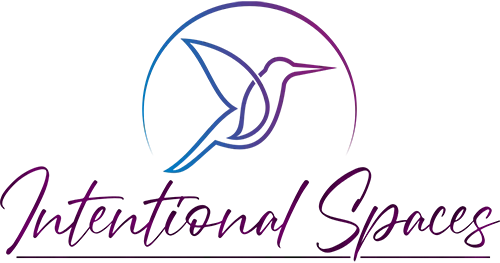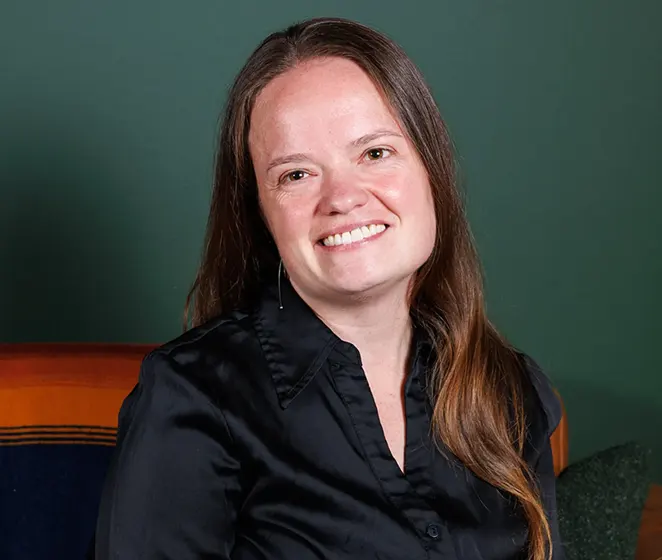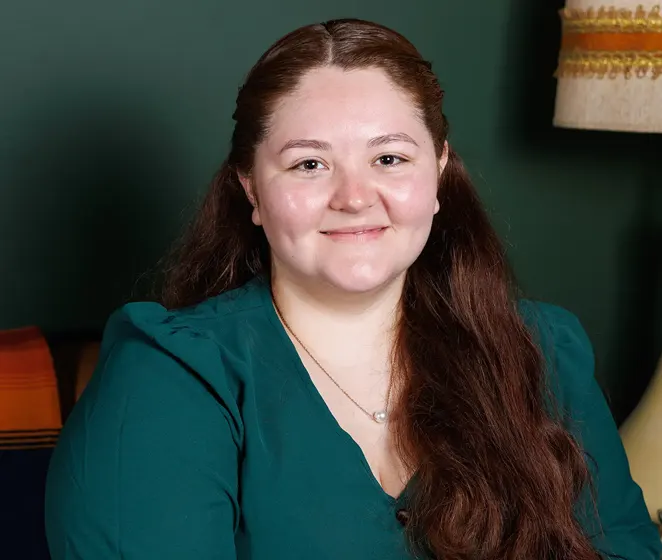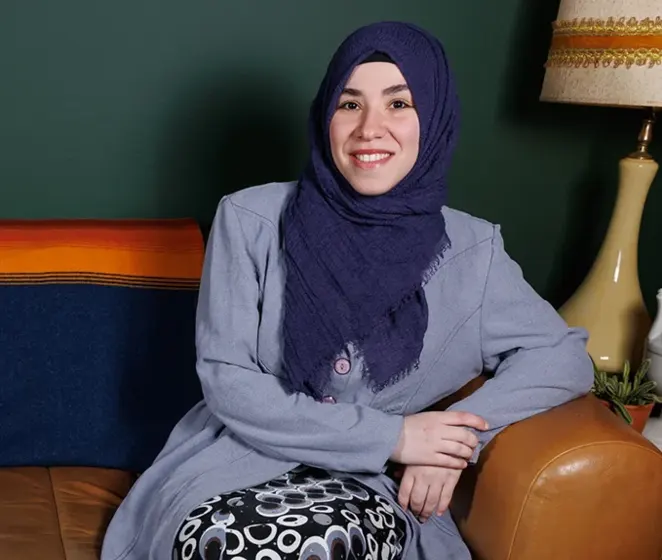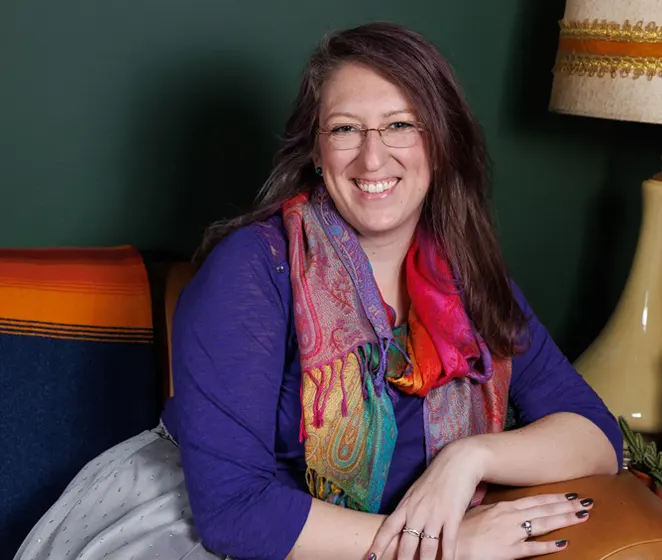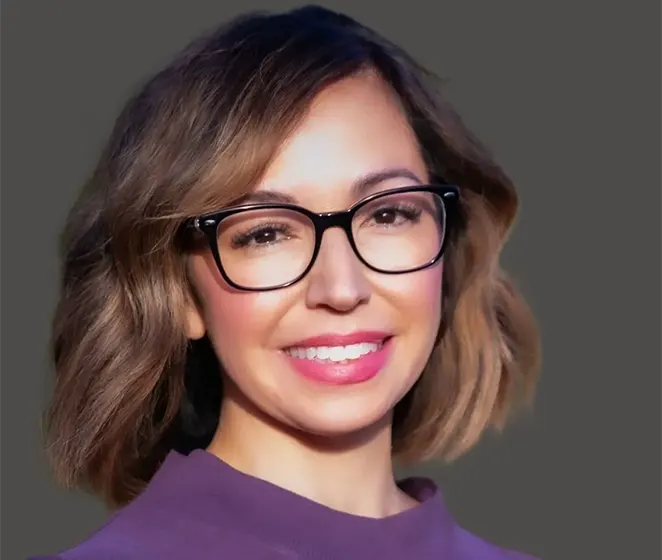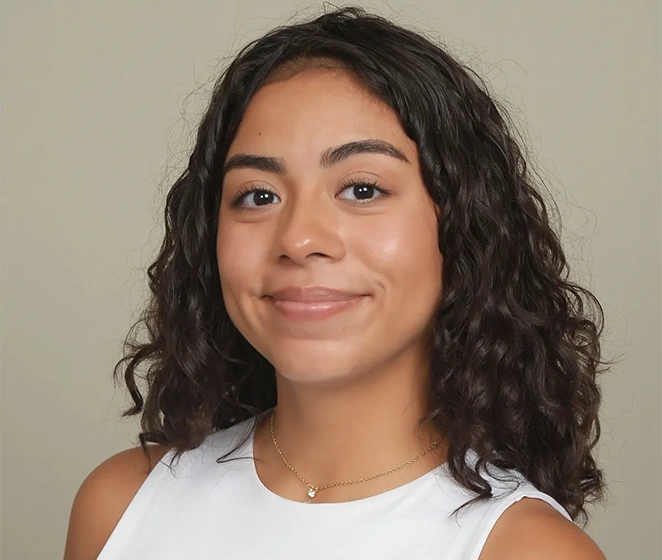by Intentional Spaces Psychotherapy
When someone experiences trauma, our first associations are often pain, fear, and disconnection. These feelings are real and deserve to be named. Trauma can shake our sense of safety in the world and leave lasting imprints on both the body and mind. Living with PTSD may feel like a constant battle, with memories, triggers, and emotions that seem to surface without warning. And yet, even within the heaviness of trauma, many people discover something unexpected: an opening, a shift, a newfound sense of strength. This is often described as post-traumatic growth (PTG).
PTG does not suggest that trauma was “worth it” or that suffering was somehow necessary to grow. The pain remains real, the losses are still present, and the challenges continue. Instead, post-traumatic growth is about noticing the resilience, wisdom, and meaning that can slowly emerge in the process of healing. It is about recognizing that, alongside difficulty, people sometimes uncover deeper strength and purpose than they had ever known before.
What Is Post-Traumatic Growth?
Post-traumatic growth, often called PTG, describes the meaningful shifts that can occur after living through something profoundly difficult. It doesn’t mean the trauma was good or that the pain disappears. Rather, it points to the ways people sometimes discover new layers of strength, perspective, and connection as they move through healing.
For some, this looks like a deeper appreciation for the small, everyday moments, the warmth of morning sunlight, laughter shared with a friend, or the quiet relief of safety. For others, trauma reshapes the way they show up in relationships, encouraging honesty, vulnerability, and a stronger commitment to the people who matter most.
PTG can also reveal itself as a growing sense of inner resilience. Survivors may notice a quiet confidence in their ability to handle challenges, simply because they’ve already endured so much. Some find themselves drawn toward new goals or passions, while others lean into spiritual or personal meaning that gives life a new kind of clarity. Growth doesn’t erase what was lost, but it allows something new to take root, reminding us that healing is not only about surviving, but also about discovering what else might be possible on the other side of pain.
Building Growth Alongside PTSD
It is important to understand that PTSD and PTG can, and often do, exist side by side. Many people imagine healing as moving from one state to another: first trauma, then recovery, then growth. But in reality, the process is rarely linear. Someone may still experience flashbacks, hypervigilance, or avoidance while also beginning to recognize moments of resilience or purpose.
You might notice this in moments such as:
- Feeling more present and grateful during time with loved ones, even while struggling with nightmares at night
- Recognizing resilience in yourself while continuing to work through painful triggers
- Grieving what was lost while also seeing new priorities, values, or connections emerging
- Holding both vulnerability and courage as you navigate daily life
This coexistence of suffering and strength is part of the human experience of healing. It reminds us that even when trauma remains a companion, growth can quietly unfold alongside it.
What Post-Traumatic Growth Can Look Like
Because PTG is such a personal process, it can manifest in countless ways. Some people describe a stronger commitment to living authentically after trauma, no longer willing to spend energy on relationships or patterns that drain them. Others find that their experience sparks a new passion, such as creative expression, community advocacy, or service to others, allowing them to transform pain into purpose.
Some examples include:
- A trauma survivor who becomes more intentional about creating meaningful relationships and living true to their values
- A person who discovers a new calling or passion after hardship, whether through art, career changes, or advocacy work
- A veteran who, while processing combat trauma, develops a renewed appreciation for daily routines, safety, and the beauty of quiet moments
- A survivor of abuse who begins to value their own self-worth more deeply and create healthier boundaries in relationships
These transformations often happen gradually. At first, they may appear as small shifts in perspective, and over time, they become part of a larger, more hopeful way of living.
The Role of Time in Post-Traumatic Growth
One of the most overlooked aspects of post-traumatic growth is the role of time. Growth does not appear overnight, and it does not follow a predictable schedule. Healing after trauma often feels uneven, two steps forward, one step back. Some days may feel lighter, while others bring reminders of what was lost or what remains painful. Over time, though, moments of clarity and resilience begin to surface. You might realize you are responding differently to stress than you once did, or you might notice a new sense of gratitude for life’s smaller joys.
For some people, PTG begins to show itself within months, while for others it can take years. Both timelines are normal. The important part is honoring your own process without judgment. Trauma recovery is not a race, and growth is not something that can be forced through willpower alone. Instead, it develops slowly, as we process pain, seek support, and reestablish safety and connection. By releasing the pressure to “move on,” we allow growth to arrive in its own rhythm, reminding us that healing is not about erasing the past, but about weaving resilience and transformation into the present.
How to Cultivate Post-Traumatic Growth
Although PTG often happens naturally over time, there are practices and supports that can help nurture it. Therapy is one of the most powerful tools, especially group therapy, where being in community with others who have experienced trauma provides comfort, validation, and shared wisdom. Hearing the stories of others, and telling your own, can reveal growth you may not have recognized in yourself.
Community connection more broadly is another key element. Trauma often isolates, but connection helps restore a sense of belonging. Journaling can also be an accessible and healing practice, giving you space to notice and record shifts in your thoughts and feelings. Mindfulness, too, offers opportunities to pause and witness emerging resilience in small, everyday ways. Perhaps most importantly, self-compassion is essential. Growth unfolds best when we allow ourselves to move gently, without expectation or harsh self-criticism.
A Kind Reminder
Healing is rarely tidy or predictable. Some days, growth feels close at hand; other days, it feels impossible to find. Both are normal. Being patient with yourself and honoring where you are is a profound act of healing in itself. Growth is not about leaving trauma behind or pretending it never happened; it’s about allowing yourself to live fully even as you carry the experiences that shaped you. Simply showing up for yourself, offering care, and staying present with your journey is already a sign of resilience.

Want to Explore PTG Together?
If the idea of post-traumatic growth resonates with you, or if you are still deeply in the midst of trauma recovery and wondering what might be possible, it may help to explore these questions in community. Group therapy offers a supportive space to witness your own healing process while walking alongside others who understand. Here, you are not asked to perform strength or prove resilience. You are invited to notice your own small awakenings, however quiet, in a safe and understanding space.
At Intentional Spaces, we believe healing and growth happen best in connection. If you are curious about how therapy can support your journey with PTSD, we would be honored to walk alongside you.
